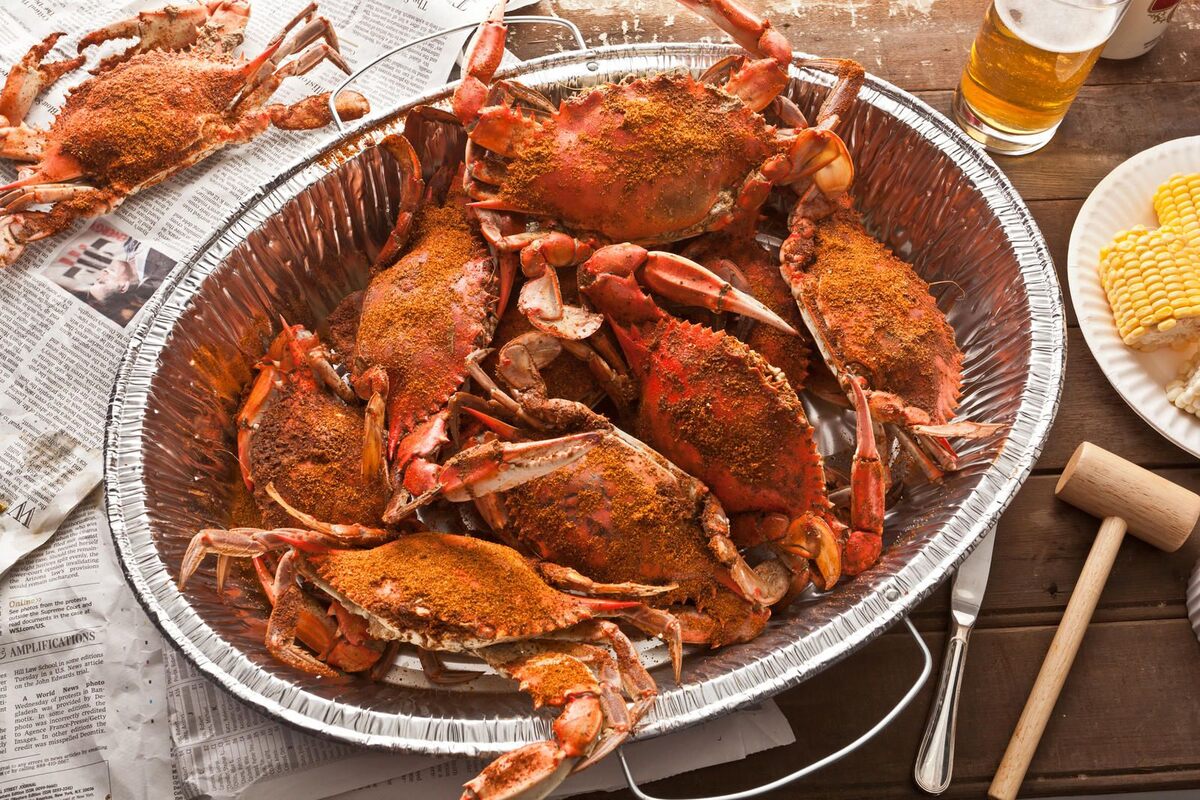

Articles
How To Store Cooked Crabs Overnight
Modified: February 28, 2024
Learn how to store cooked crabs overnight and keep them fresh for your next meal. Read our articles and discover the best methods for proper crab storage.
(Many of the links in this article redirect to a specific reviewed product. Your purchase of these products through affiliate links helps to generate commission for Storables.com, at no extra cost. Learn more)
Introduction
So you’ve had a delicious feast of crabs, and now you’re wondering how to store the leftovers overnight. Storing cooked crabs properly is essential to maintain their freshness and flavor. By following a few simple steps, you can ensure that your crabs stay safe to eat and retain their taste the next day.
In this article, we will guide you through the process of storing cooked crabs overnight. From preparing the crabs for storage to choosing the right container and maintaining the proper temperature, we’ve got you covered. By following these steps, you’ll be able to enjoy your leftover crab feast without worrying about food safety.
So let’s dive in and learn how to store cooked crabs overnight!
Key Takeaways:
- Ensure the freshness and flavor of your leftover cooked crabs by properly preparing, storing in airtight containers, and maintaining a temperature of 40°F or below in the refrigerator.
- Reheat your stored cooked crabs using methods like steaming, microwaving, or oven reheating to ensure they are warm, safe to eat, and maintain their delicious flavors.
Read more: How To Store Crawfish Overnight
Step 1: Preparing the cooked crabs for storage
Before storing your cooked crabs overnight, it’s important to properly prepare them. This step will ensure that the crabs stay fresh and maintain their quality until they’re ready to be reheated and served. Here’s what you need to do:
- Remove the meat from the shells: Start by carefully removing the crab meat from the shells. You can use a fork or your fingers to gently extract the meat. Be sure to remove any small bits of shell or cartilage that may have been missed during the initial cooking process. Place the crab meat in a clean bowl.
- Inspect the meat: Once you’ve removed the meat, take a moment to inspect it. Look for any signs of spoilage, such as a strong odor, discoloration, or sliminess. If you notice any of these signs, it’s best to discard the meat and not store it.
- Season the crab meat (optional): If desired, you can season the crab meat before storing it. You can add a sprinkle of salt, pepper, or your favorite seafood seasoning to enhance the flavor. However, keep in mind that seasoning is optional and might be best done before reheating the crabs.
- Divide the crab meat into portions: To make it easier to grab the desired amount when reheating, it’s a good idea to divide the crab meat into smaller portions. You can use zipper-lock bags or airtight containers for this purpose. Make sure to leave a little bit of space at the top of the container for expansion.
By following these steps, you’ll ensure that your cooked crab meat is well-prepared and ready for storage. Now, let’s move on to the next step: choosing the right storage container.
Step 2: Choosing the right storage container
Once you’ve prepared the cooked crab meat, the next step is to choose the right container for storing it. The container you use plays a crucial role in maintaining the freshness and quality of the crabs. Follow these tips when selecting a storage container:
- Choose an airtight container: To prevent air and moisture from entering the container and causing the crabs to spoil, opt for an airtight container. This could be a plastic or glass container with a tight-fitting lid or a zipper-lock bag with a reliable seal.
- Use a container that is the right size: It’s important to choose a container that fits the portioned crab meat well. Having too much empty space in the container can lead to excess air exposure, which can affect the quality of the crabs. On the other hand, overcrowding the container may result in the crabs becoming squished or damaged.
- Consider transparent containers: Using transparent containers allows you to easily see the contents without having to open them. This can be beneficial when you’re searching for a specific portion of crab meat or assessing its condition.
- Label the container: It’s a good practice to label the container with the storage date. This will help you keep track of how long the crabs have been stored and ensure that you consume them within a safe timeframe.
By selecting the appropriate storage container, you’ll create an optimal environment for your cooked crabs, helping to maintain their freshness and flavor. Now that you have the right container, let’s move on to the next step: keeping the crabs in the refrigerator.
Store cooked crabs overnight in the refrigerator, either in an airtight container or wrapped tightly in plastic wrap. This will help maintain their freshness and prevent them from drying out.
Step 3: Keeping the crabs in the refrigerator
Now that you have prepared the cooked crab meat and chosen the right storage container, it’s time to ensure they are kept in the refrigerator at the proper temperature. Proper refrigeration is crucial for maintaining the quality and safety of the crabs. Here’s what you need to do:
- Place the container in the refrigerator as soon as possible: After portioning the crab meat and sealing it in the chosen container, promptly place it in the refrigerator. The quicker you refrigerate the crabs, the better their quality and shelf life will be.
- Keep the crabs in the coldest part of the refrigerator: Find the coldest section of your refrigerator, typically the back, and store the crab meat there. This ensures that the crabs are exposed to consistent cold temperatures, which helps keep them fresh for a longer period.
- Maintain a temperature of 40°F (4°C) or below: It’s important to ensure that the refrigerator temperature stays at or below 40°F (4°C). This temperature range helps inhibit bacterial growth and extends the shelf life of the crabs.
- Avoid opening the refrigerator frequently: Every time you open the refrigerator door, you allow warm air to enter, which can cause fluctuations in temperature. To maintain a consistently cold environment, avoid unnecessary openings and retrieve the crabs only when needed.
- Store the crabs away from strong odors: The cooked crab meat can absorb strong odors from other foods in the refrigerator. To preserve the delicate flavor of the crabs, store them away from pungent items like onions, garlic, or strong-smelling cheeses.
By following these guidelines, you’ll create the optimal storage conditions for your cooked crabs in the refrigerator, ensuring that they remain fresh and safe to eat. Now that you know how to keep the crabs chilled, let’s move on to the final step: properly reheating them before serving.
Step 4: Properly reheating the crabs before serving
Now that you have stored the cooked crabs overnight in the refrigerator, it’s time to reheat them properly before serving. Reheating the crabs ensures that they are warm, safe to eat, and maintain their delicious flavors. Follow these steps for proper reheating:
- Remove the crab meat from the refrigerator: Take the container of crab meat out of the refrigerator and allow it to come to room temperature for about 10-15 minutes. This step helps to even out the temperature and reduces the risk of overcooking when reheating.
- Choose your preferred reheating method: There are a few different options for reheating cooked crabs. The most common methods include steaming, microwaving, or oven reheating. Choose the method that suits your preference and equipment availability.
- For steaming: Place a steamer basket or a colander over a pot of boiling water. Place the crab meat in the steamer basket or colander, cover the pot, and steam for approximately 3-4 minutes. Steaming helps to reheat the crabs gently and evenly without drying them out.
- For microwaving: Transfer the desired portion of the crab meat to a microwave-safe dish. Cover the dish with a microwave-safe lid or microwave-safe plastic wrap, leaving a small vent for steam to escape. Microwave on medium power for 1-2 minutes, or until the crab meat is heated through.
- For oven reheating: Preheat the oven to 350°F (175°C). Place the crab meat in an oven-safe dish and cover with foil to prevent drying. Heat for 10-15 minutes or until the crab meat is heated through. Cooking times may vary, so keep an eye on the crabs to avoid overcooking.
- Check the internal temperature: To ensure that the crab meat is properly reheated, use a food thermometer to check the internal temperature. The crab meat should reach an internal temperature of 165°F (74°C).
Once you have reheated the crabs, you can serve them immediately. Whether you enjoy them on their own, in a crab cake, or as part of another delicious recipe, your properly reheated crabs are now ready to be enjoyed!
By following these steps, you can store your cooked crabs overnight and ensure they are reheated properly, maintaining their taste and quality. Now you can confidently enjoy your delicious crab feasts without worrying about food safety or flavor. Happy eating!
Read more: How To Store Live Clams Overnight
Conclusion
Cooked crabs can make for a delightful meal, and if you have leftovers, it’s important to know how to store them properly overnight. By following these steps, you can ensure that your cooked crabs stay safe to eat and retain their flavor:
- Prepare the cooked crabs by removing the meat from the shells and inspecting it for any signs of spoilage.
- Choose the right storage container, such as an airtight container or zipper-lock bag, and divide the crab meat into portions for easier handling.
- Keep the crabs in the coldest part of the refrigerator at a temperature of 40°F (4°C) or below, away from strong odors.
- Properly reheat the crabs before serving using methods such as steaming, microwaving, or oven reheating.
By following these simple steps, you can ensure that your cooked crabs stay fresh and safe to eat. Remember to use transparent containers, label them with the storage date, and check the internal temperature when reheating to ensure optimal results.
Now you can confidently store and enjoy your cooked crab leftovers without worrying about compromising their quality. So go ahead, savor your delicious crab feasts and delight in the fact that you can savor the flavors again the next day!
Frequently Asked Questions about How To Store Cooked Crabs Overnight
Was this page helpful?
At Storables.com, we guarantee accurate and reliable information. Our content, validated by Expert Board Contributors, is crafted following stringent Editorial Policies. We're committed to providing you with well-researched, expert-backed insights for all your informational needs.
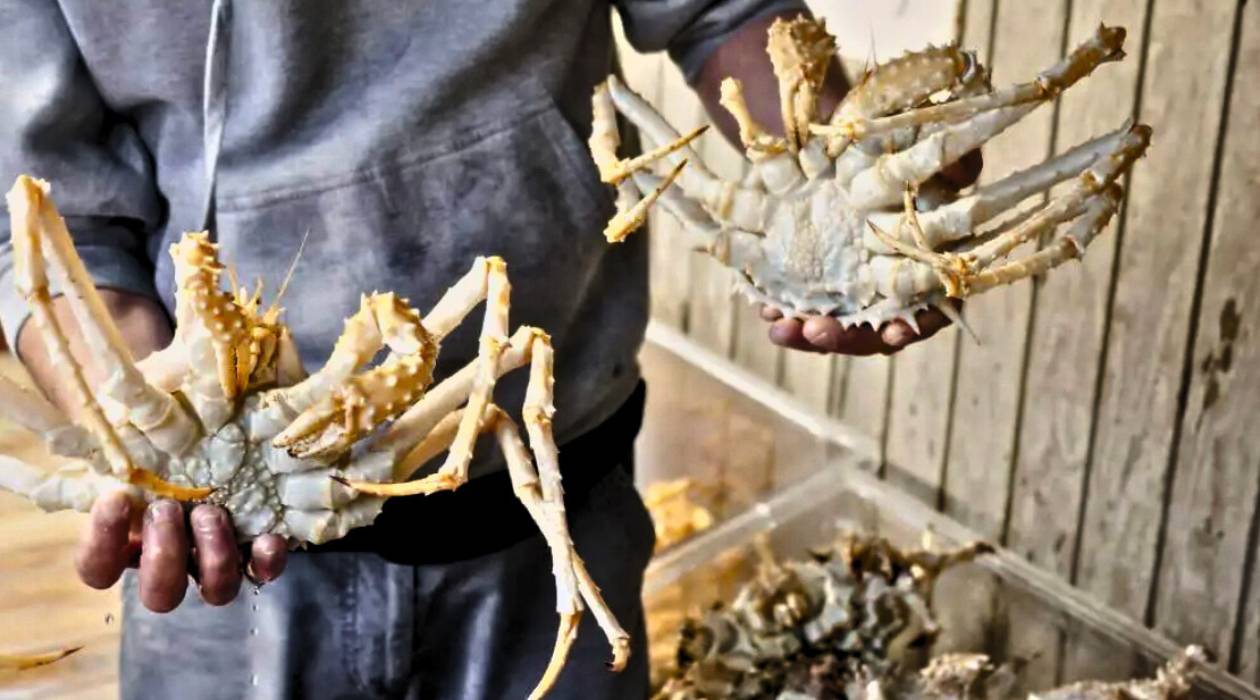
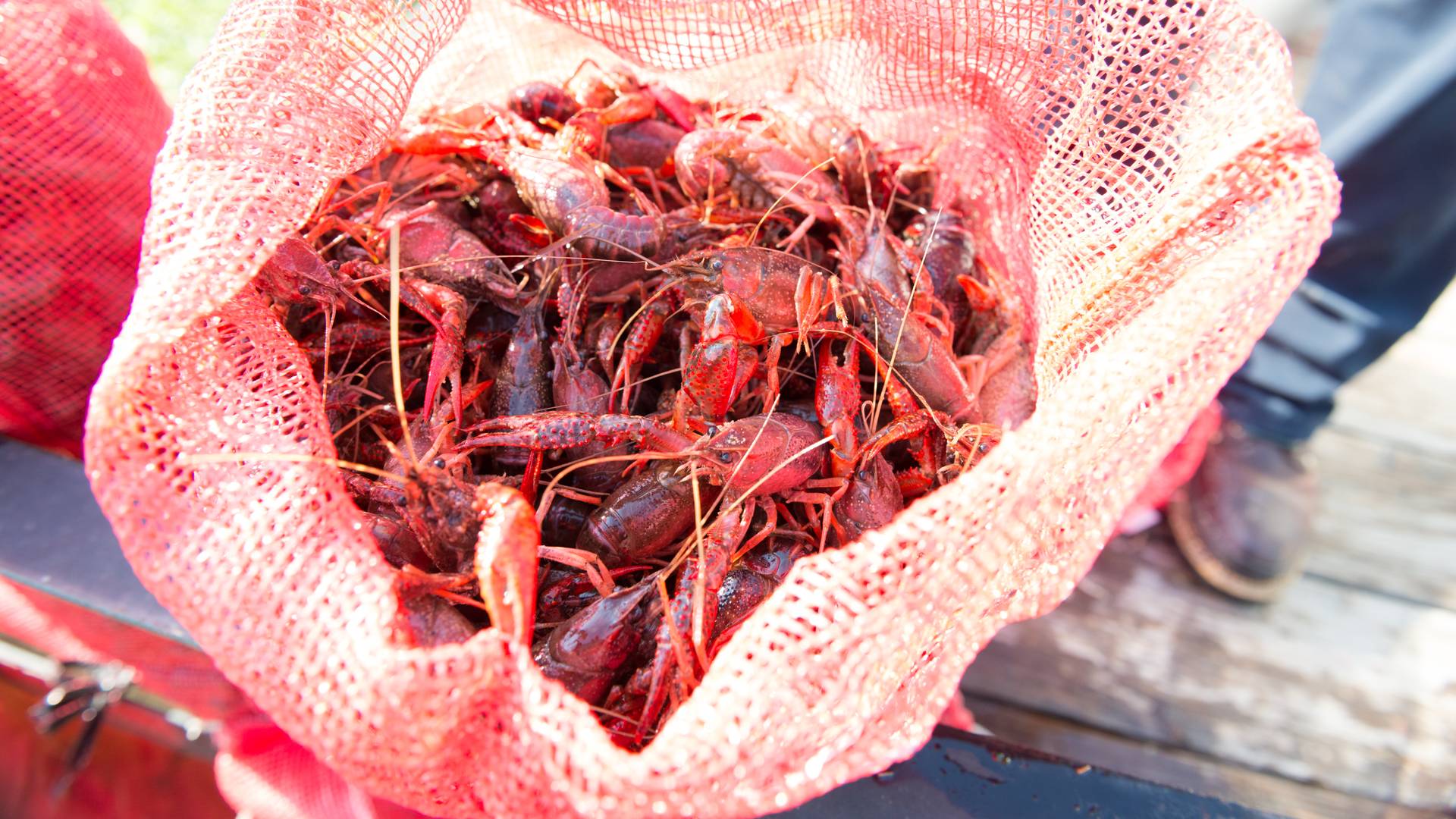
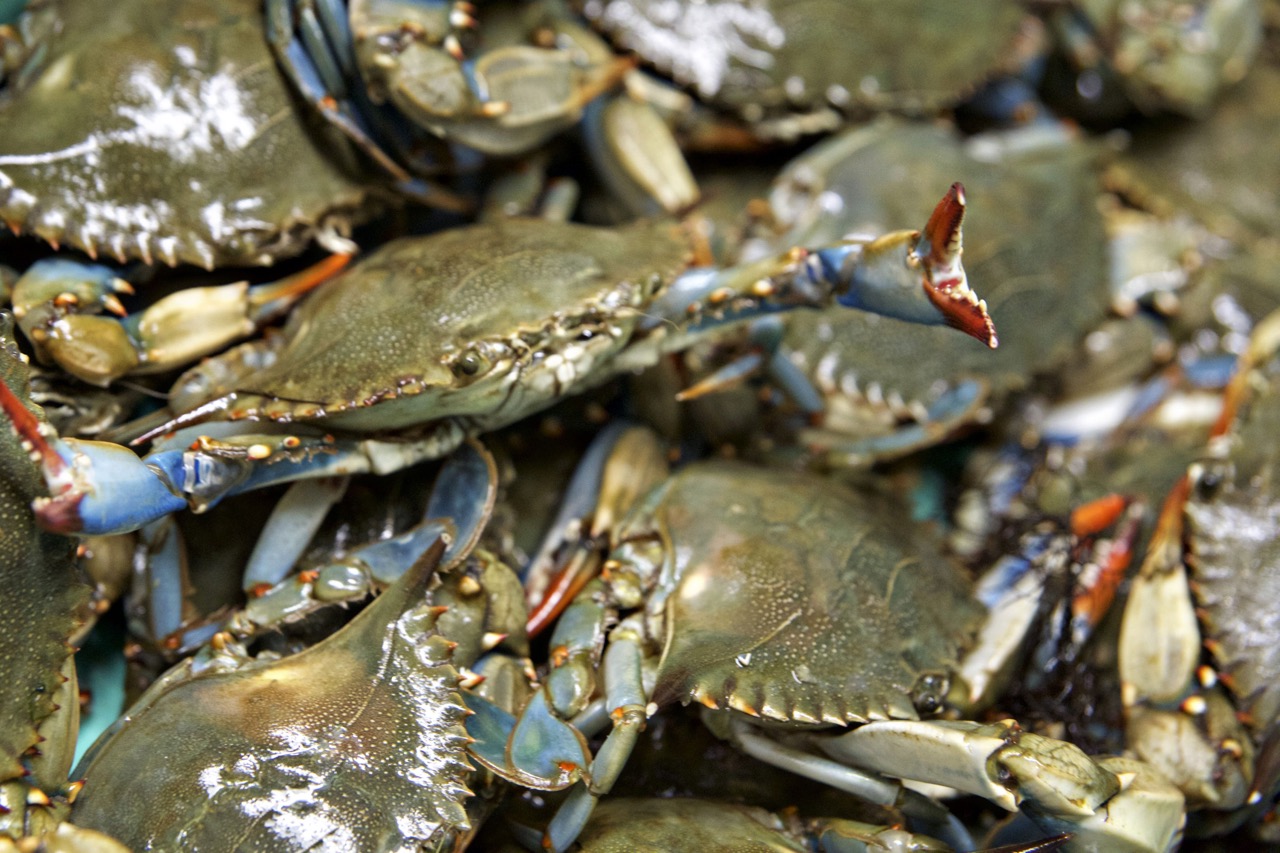
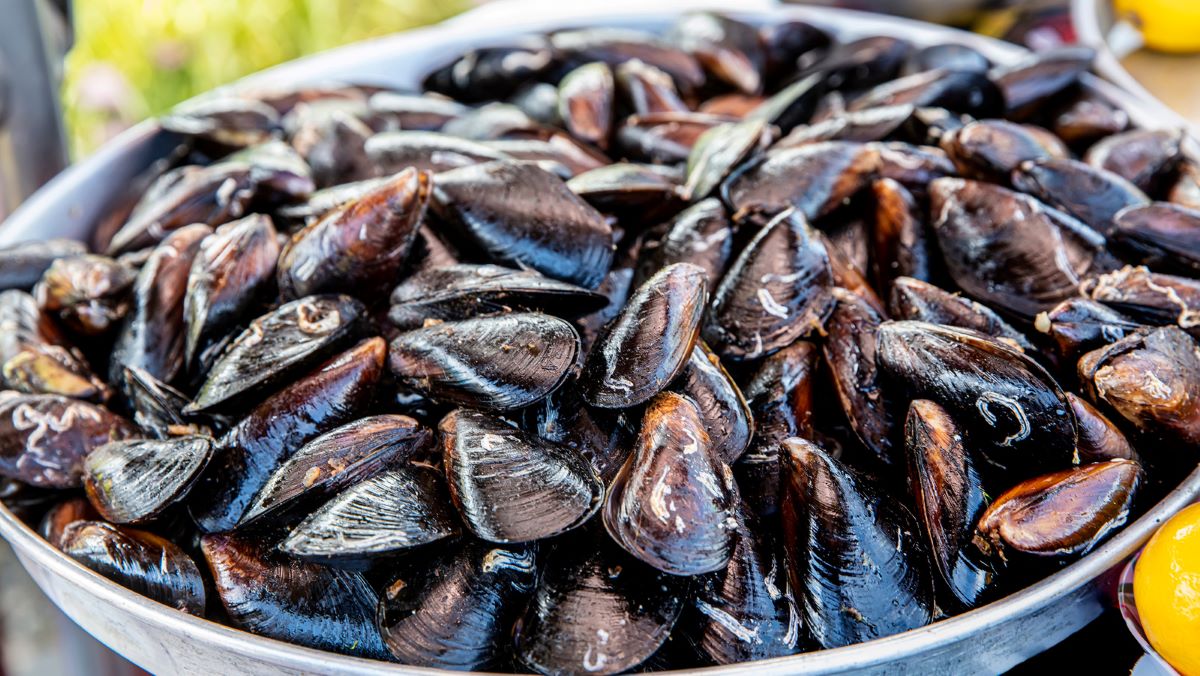
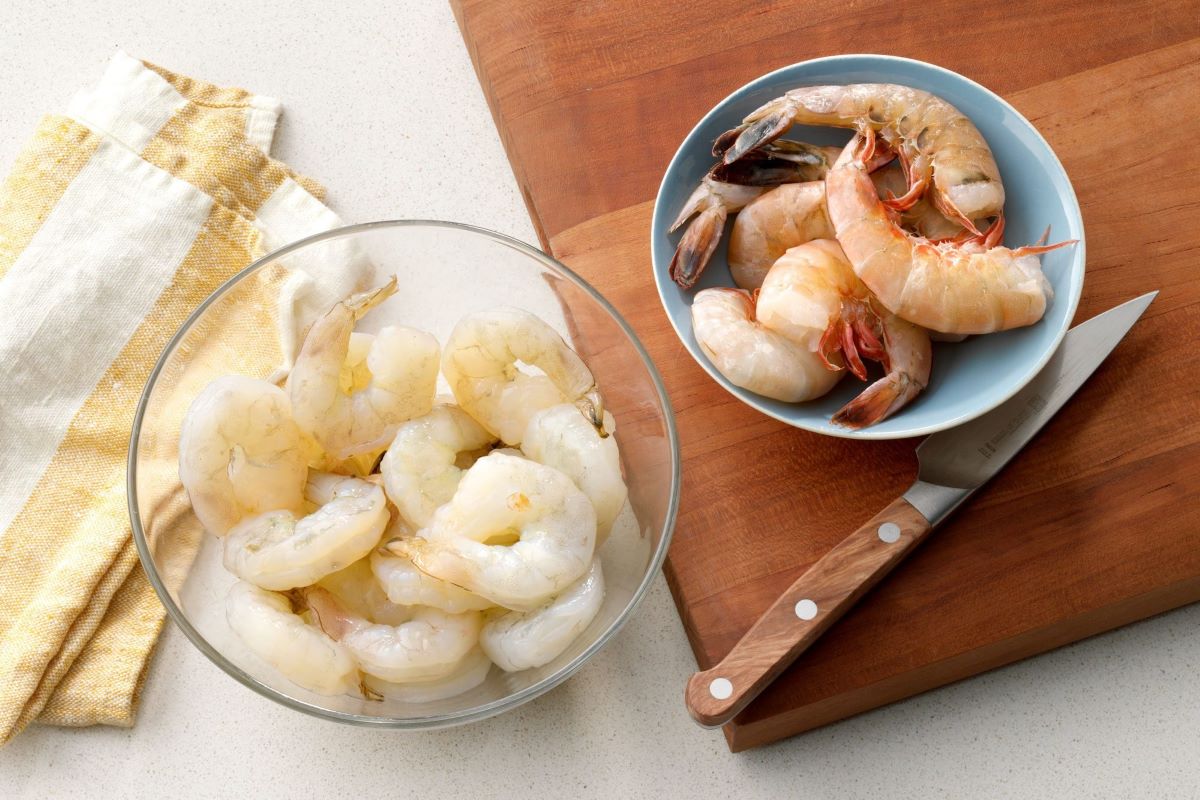
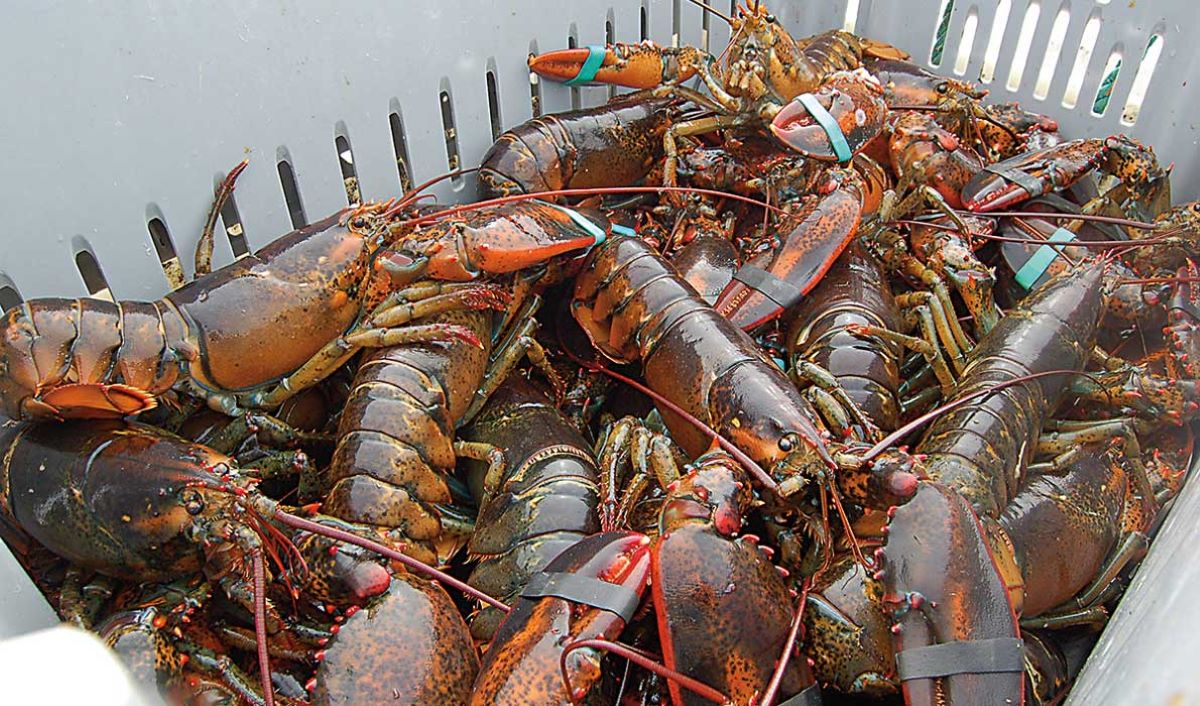
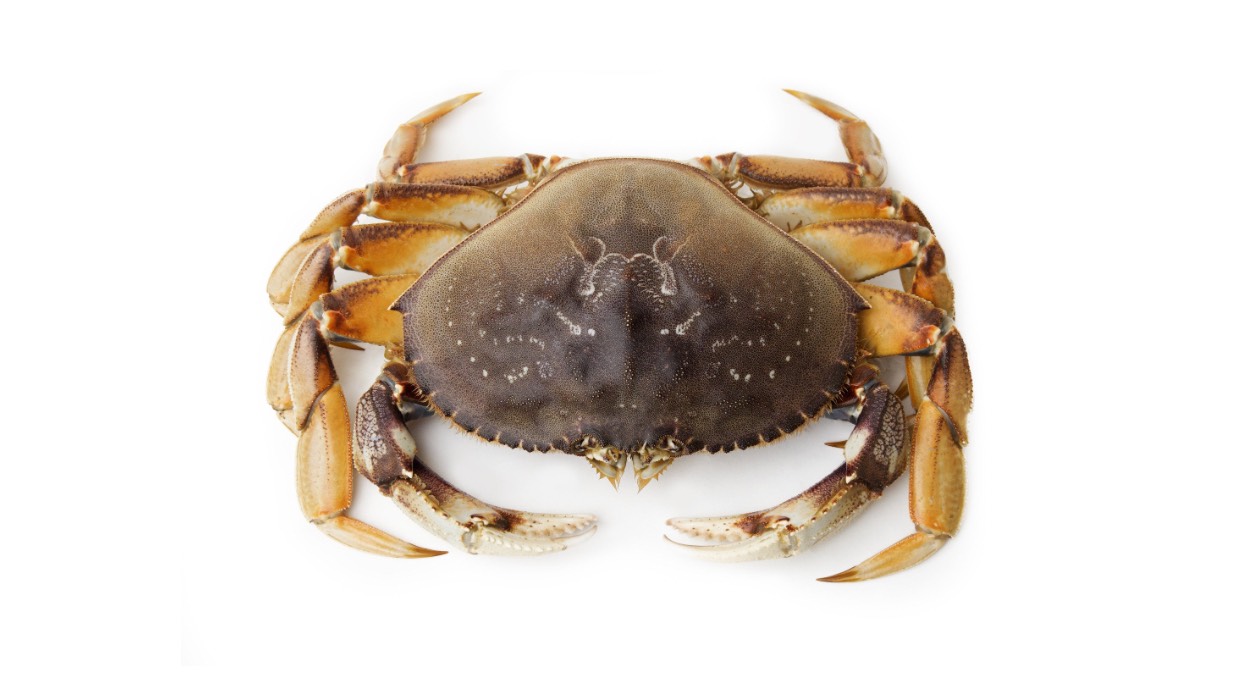
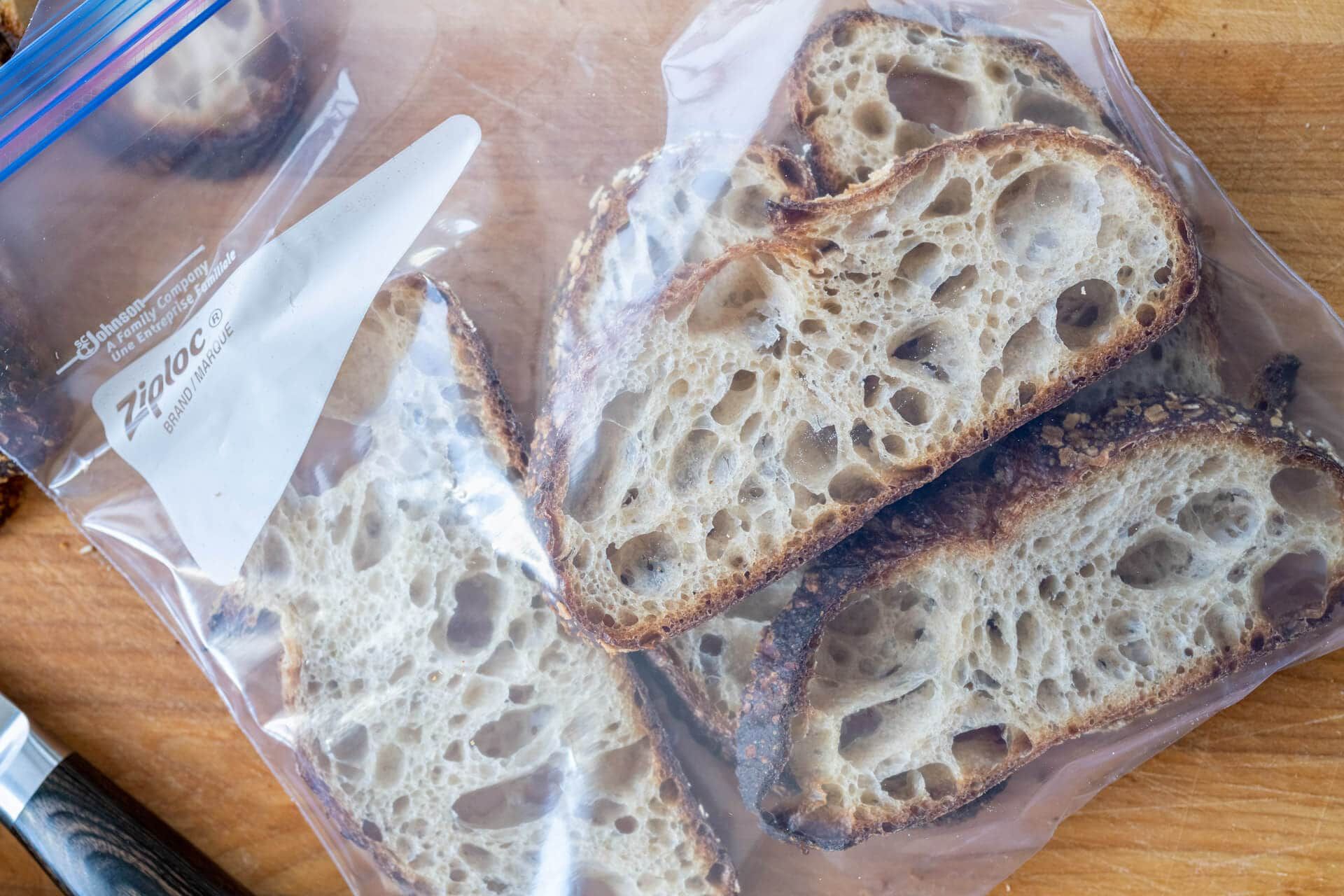
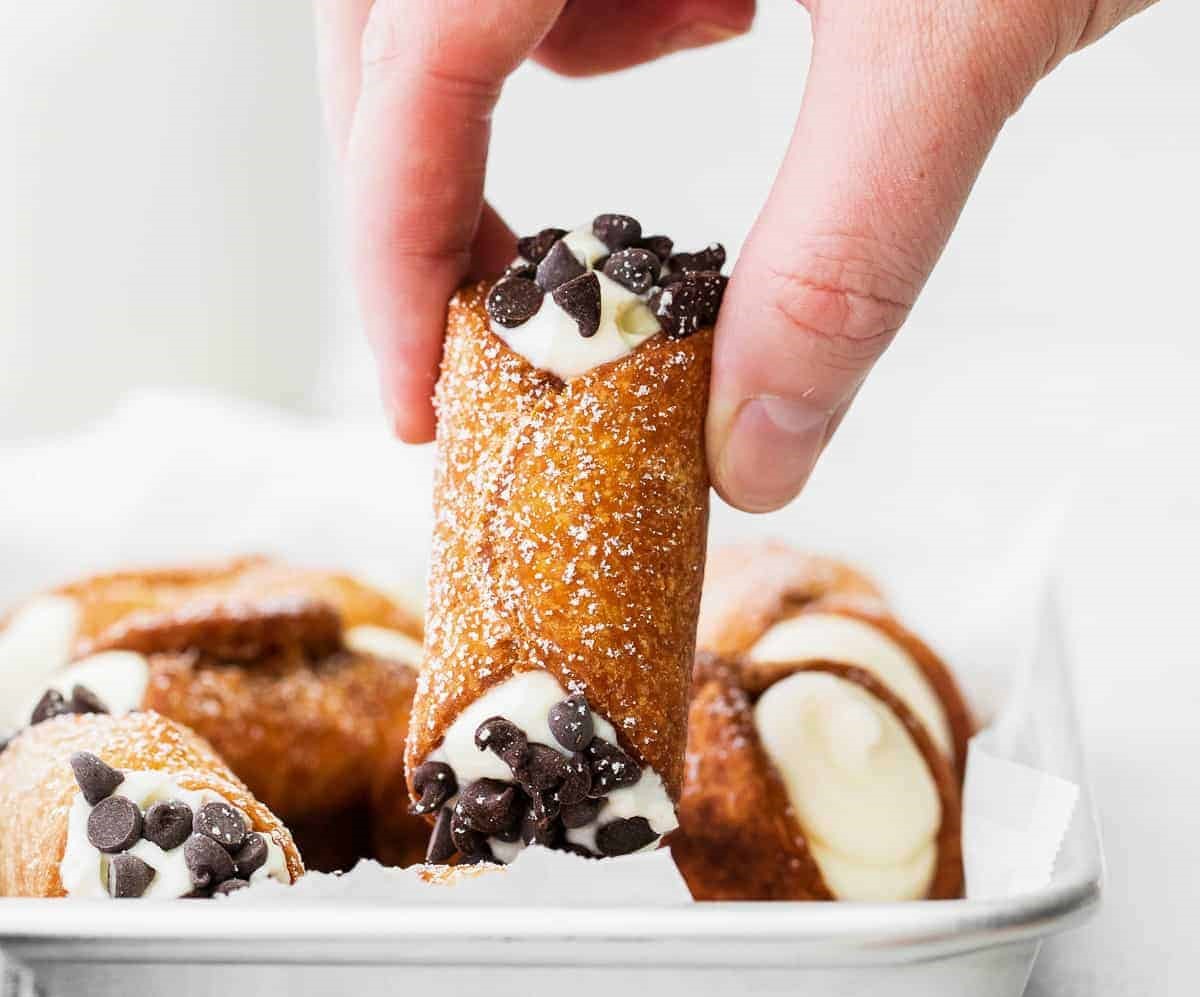
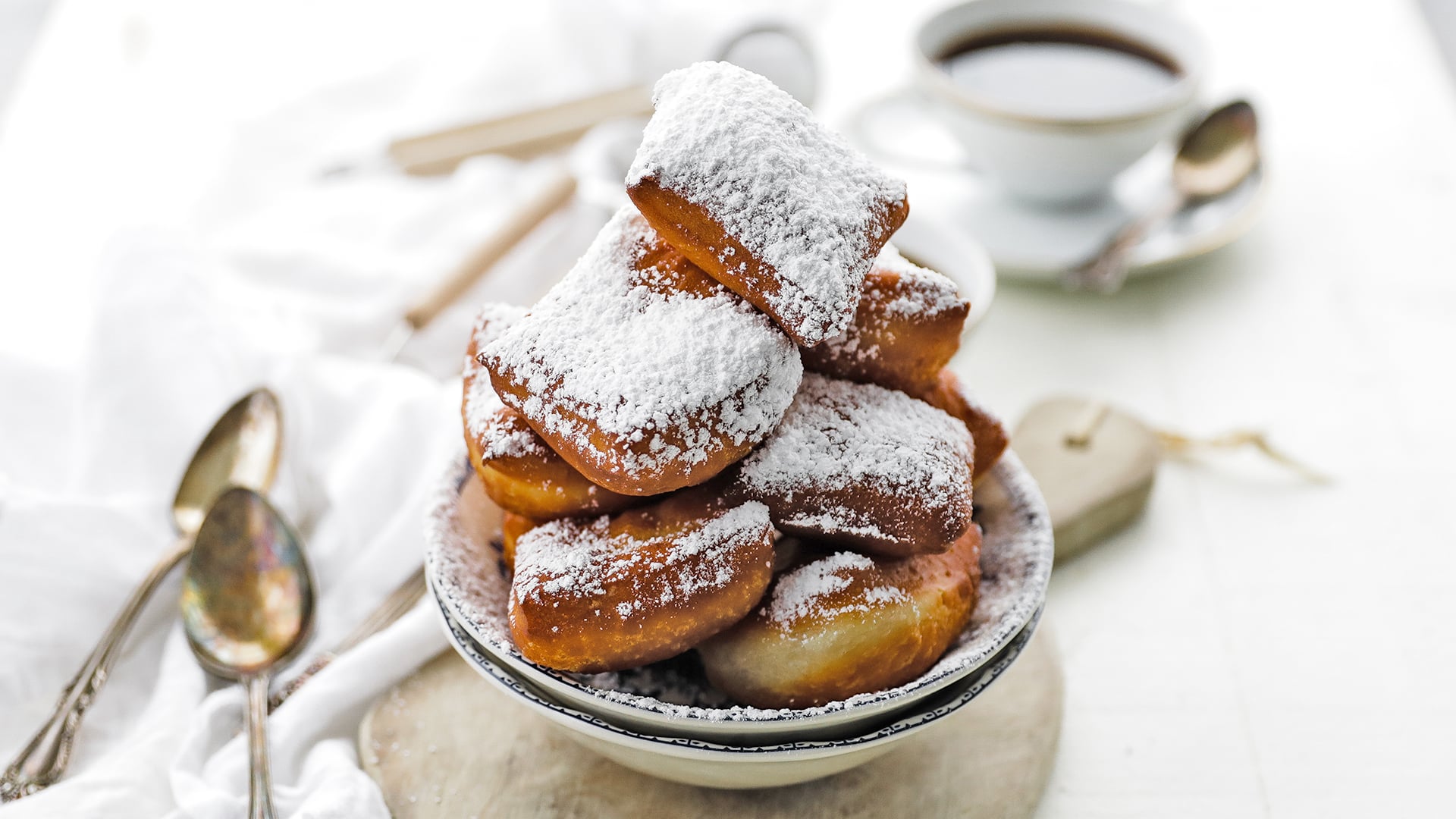

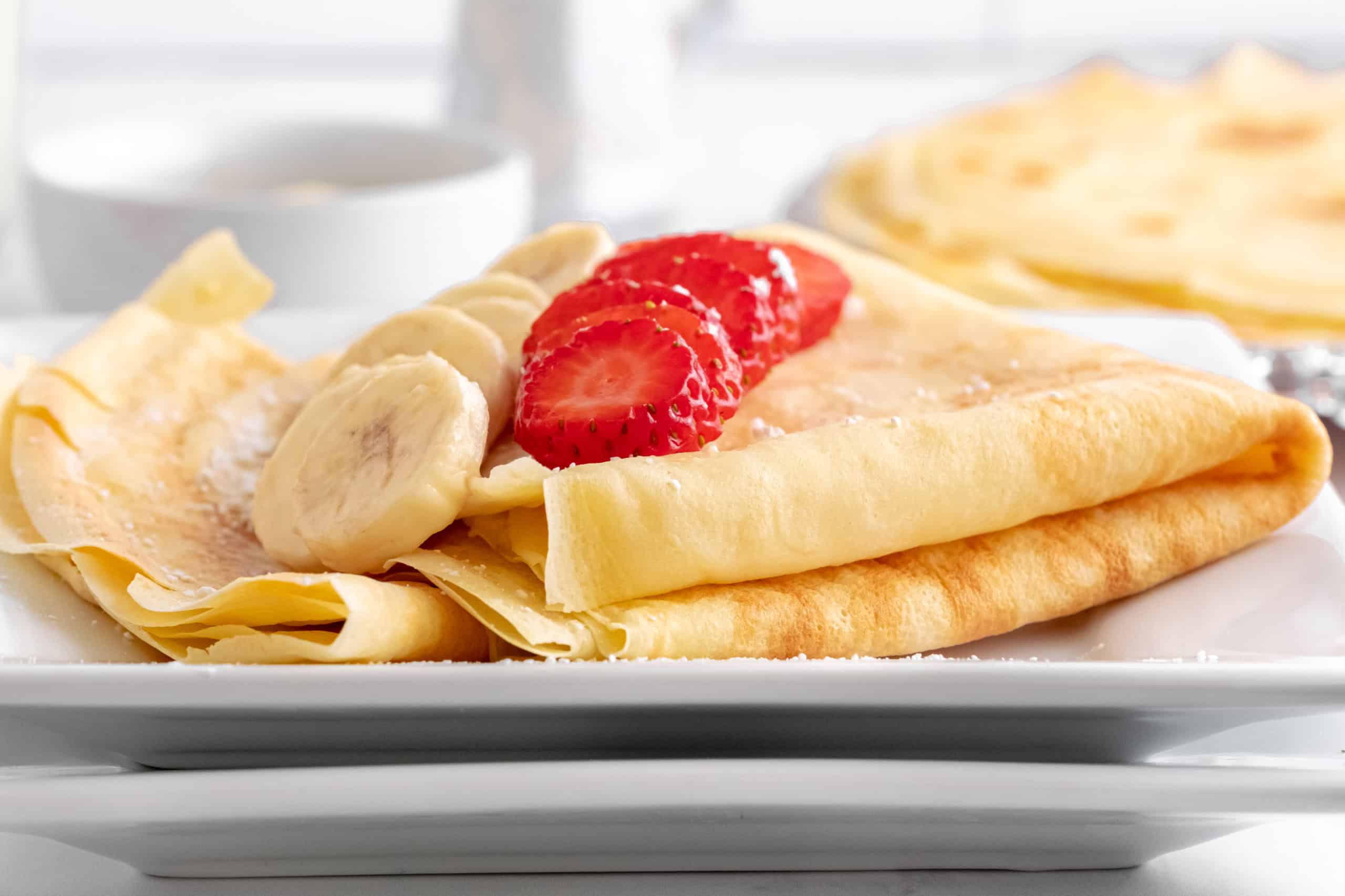
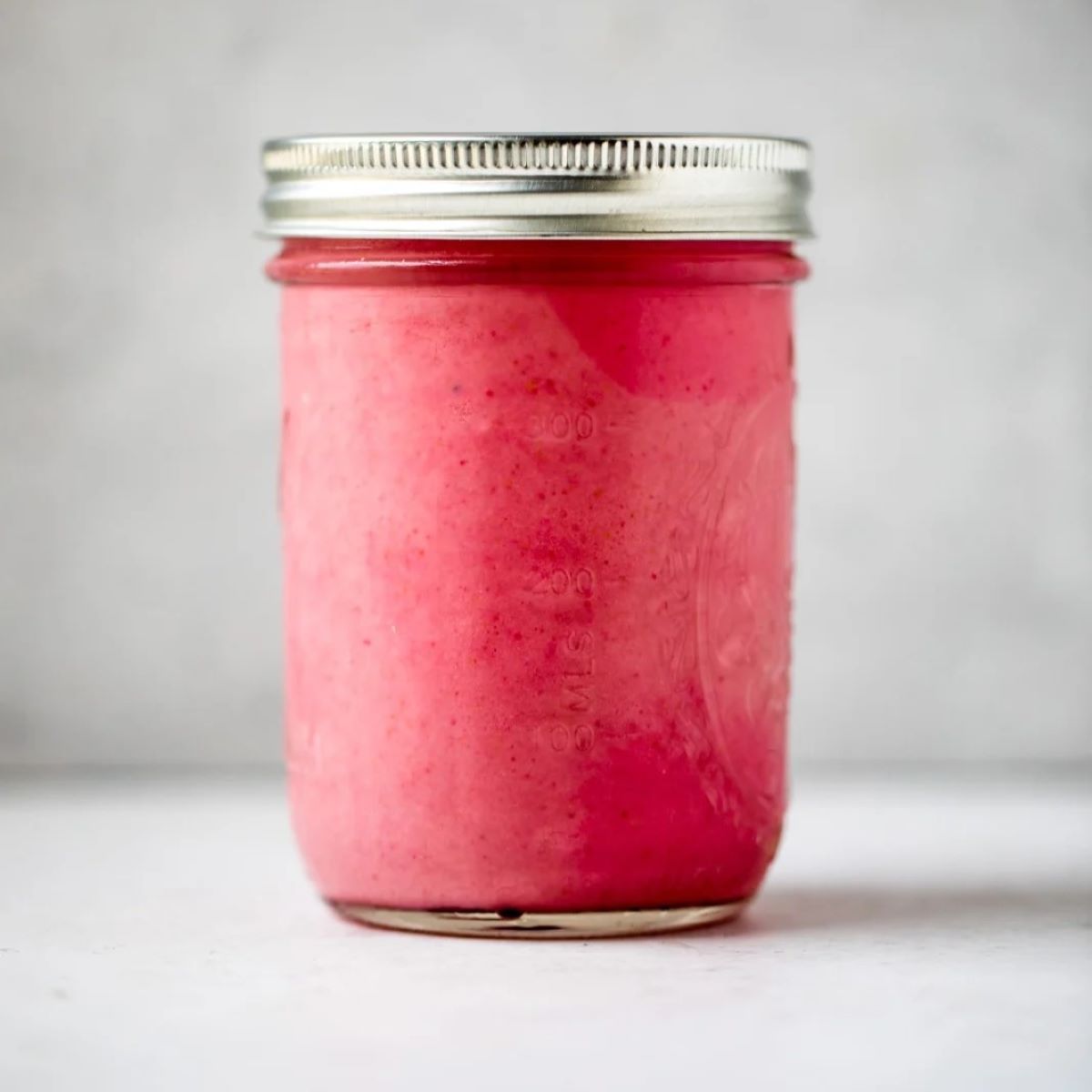
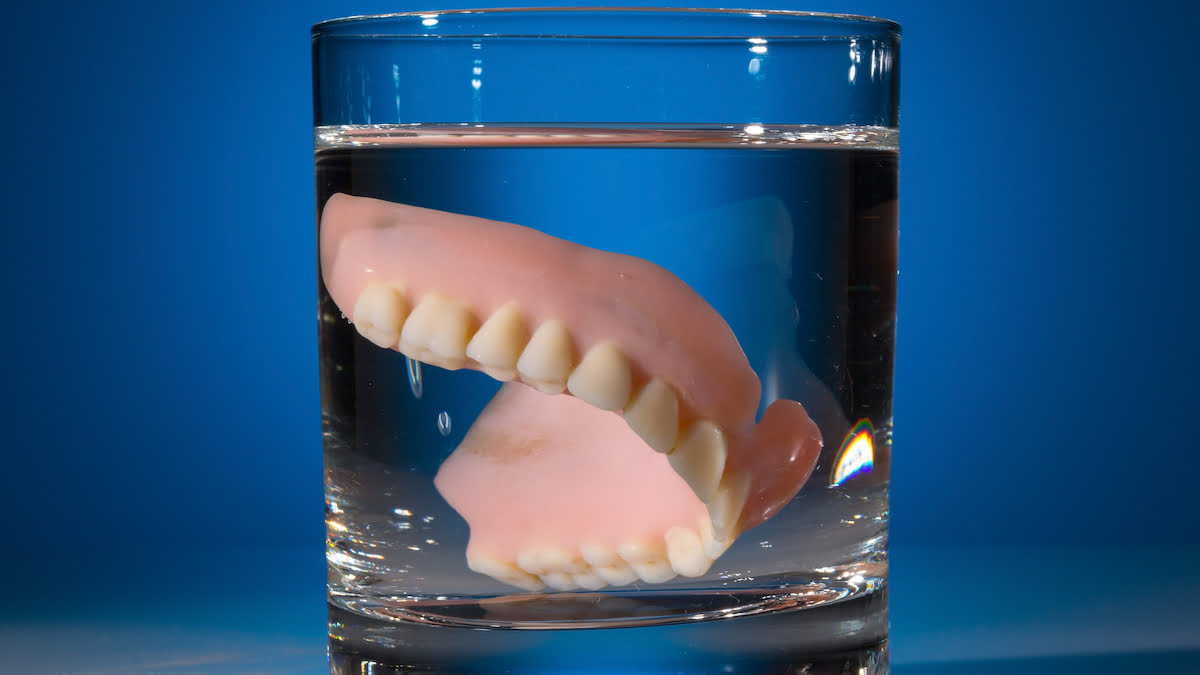

0 thoughts on “How To Store Cooked Crabs Overnight”